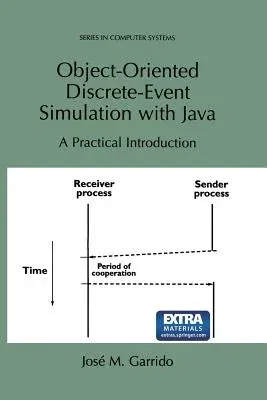José M Garrido
(Author)Object-Oriented Discrete-Event Simulation with Java: A Practical Introduction (Softcover Reprint of the Original 1st 2001)Paperback - Softcover Reprint of the Original 1st 2001, 19 April 2013

Qty
1
Turbo
Ships in 2 - 3 days
In Stock
Free Delivery
Cash on Delivery
15 Days
Free Returns
Secure Checkout
Part of Series
Computer Science
Part of Series
Series in Computer Science
Print Length
256 pages
Language
English
Publisher
Springer
Date Published
19 Apr 2013
ISBN-10
1461354951
ISBN-13
9781461354956
Description
Product Details
Author:
Book Edition:
Softcover Reprint of the Original 1st 2001
Book Format:
Paperback
Country of Origin:
NL
Date Published:
19 April 2013
Dimensions:
23.39 x
15.6 x
1.47 cm
ISBN-10:
1461354951
ISBN-13:
9781461354956
Language:
English
Location:
New York, NY
Pages:
256
Publisher:
Weight:
390.09 gm

